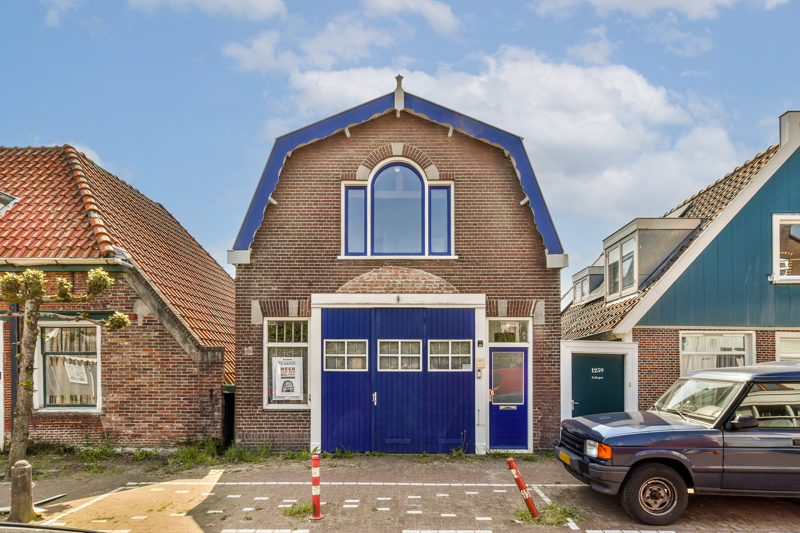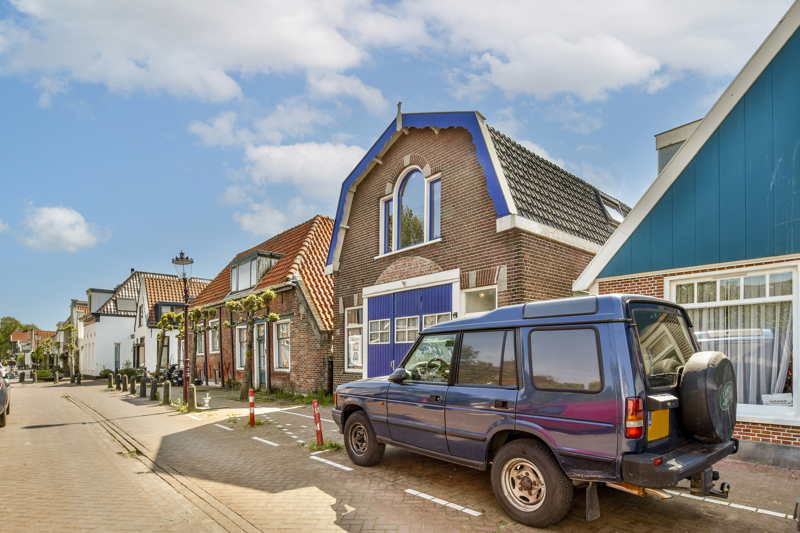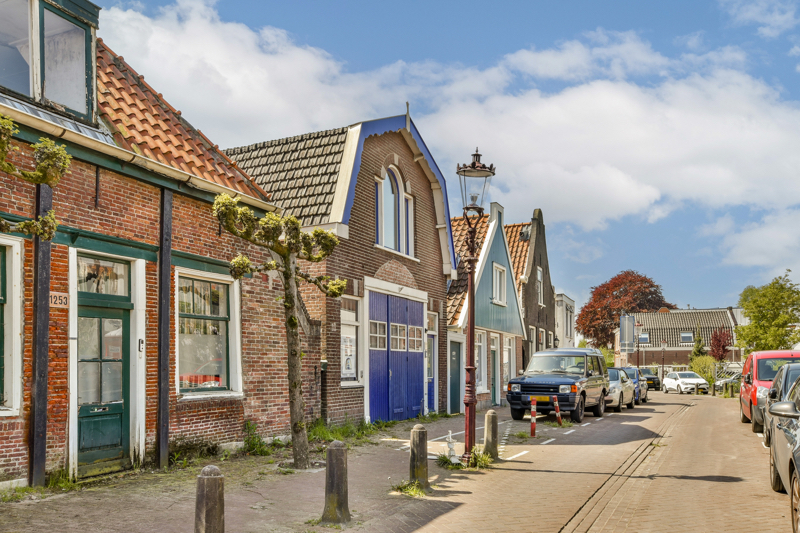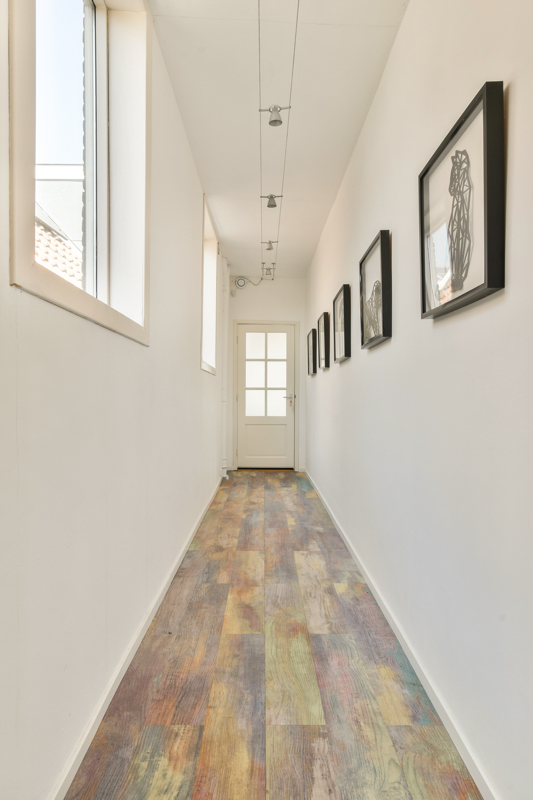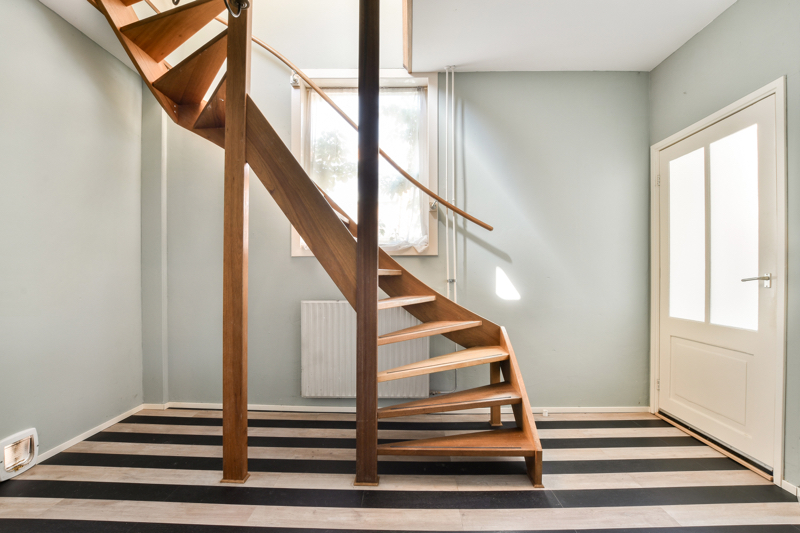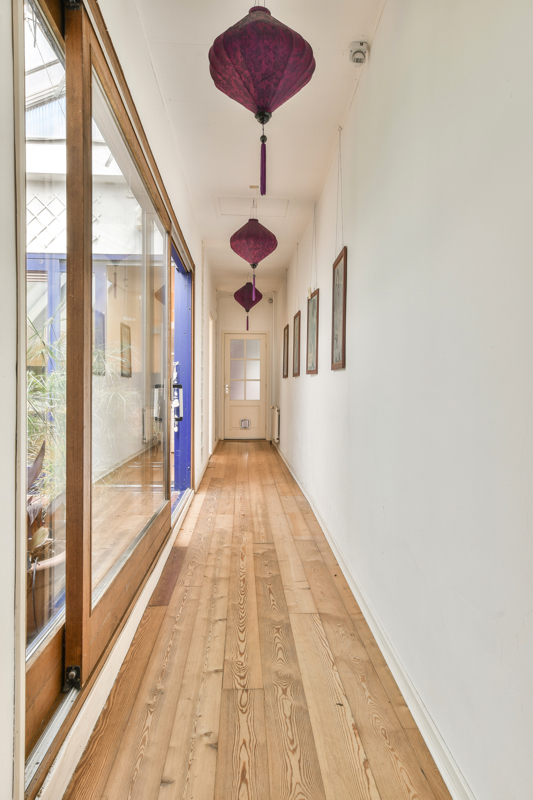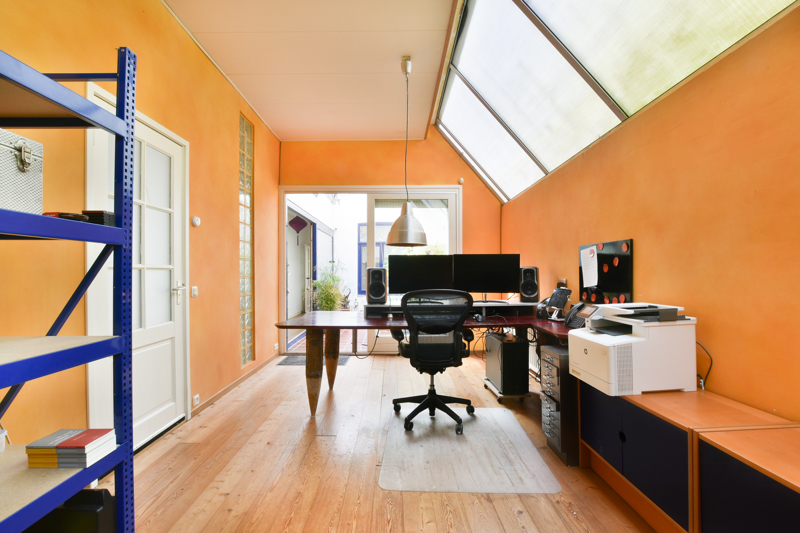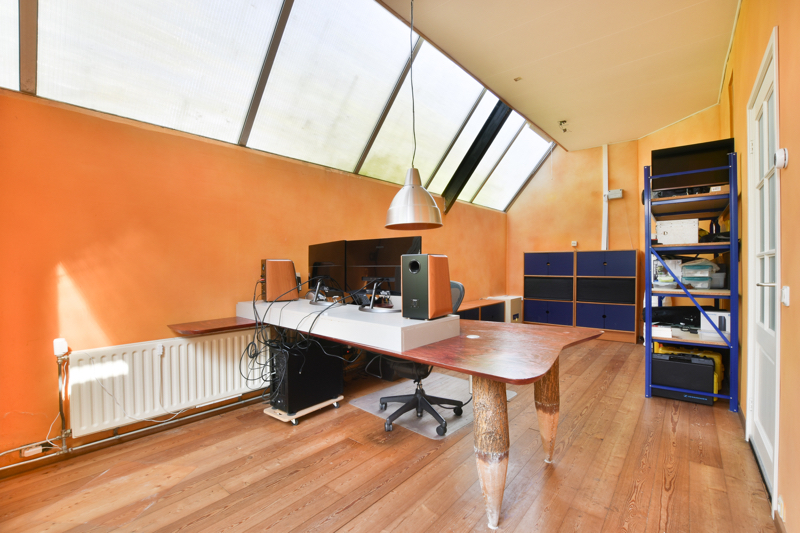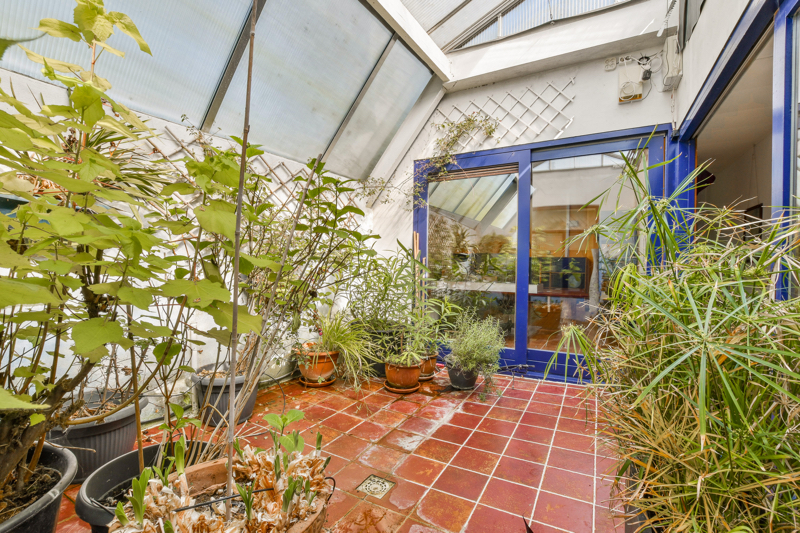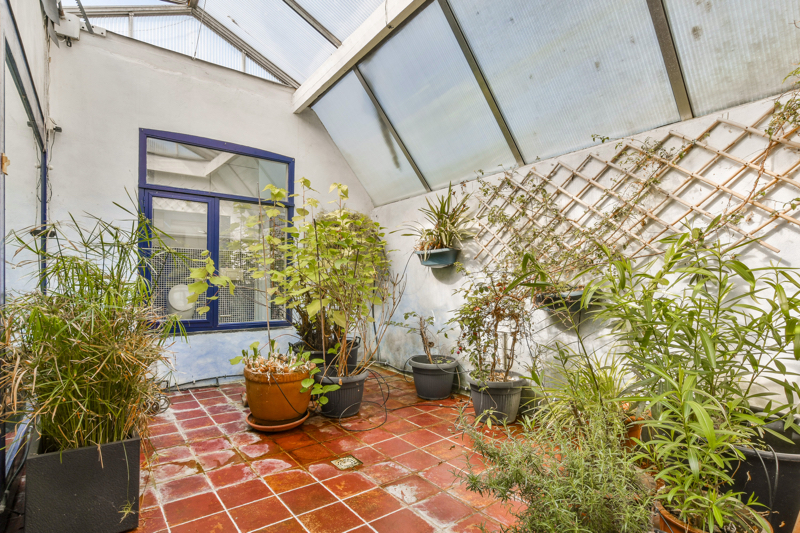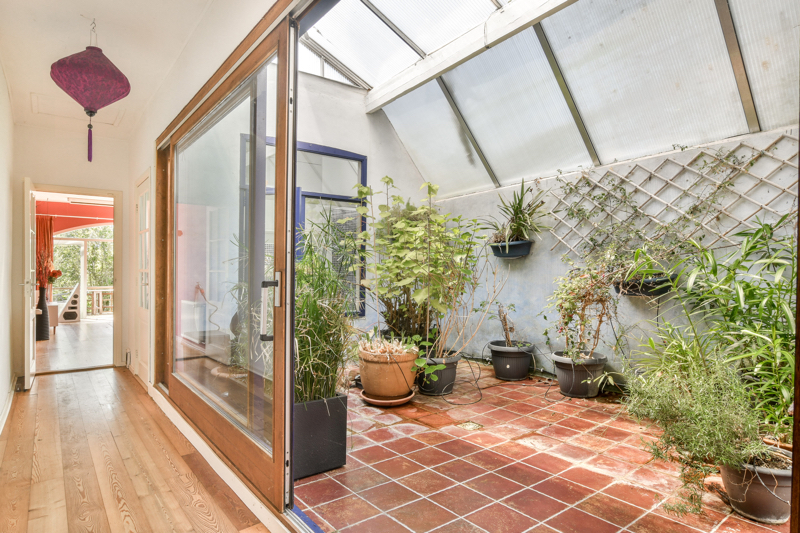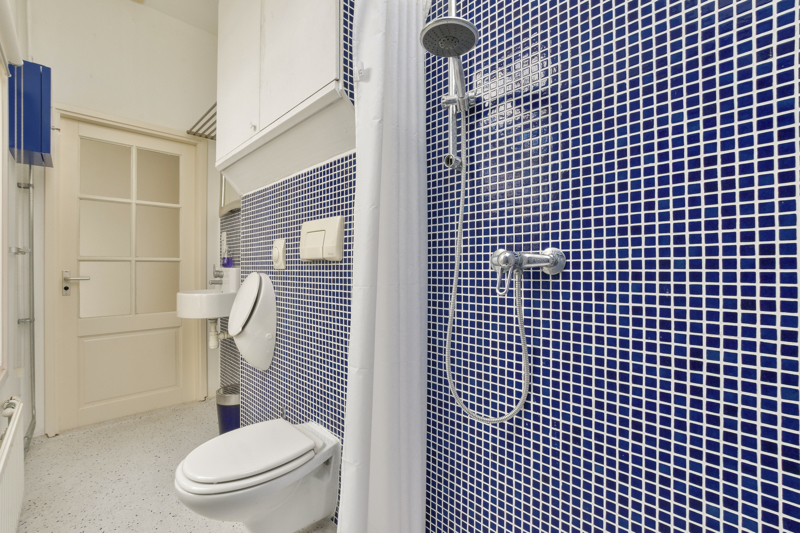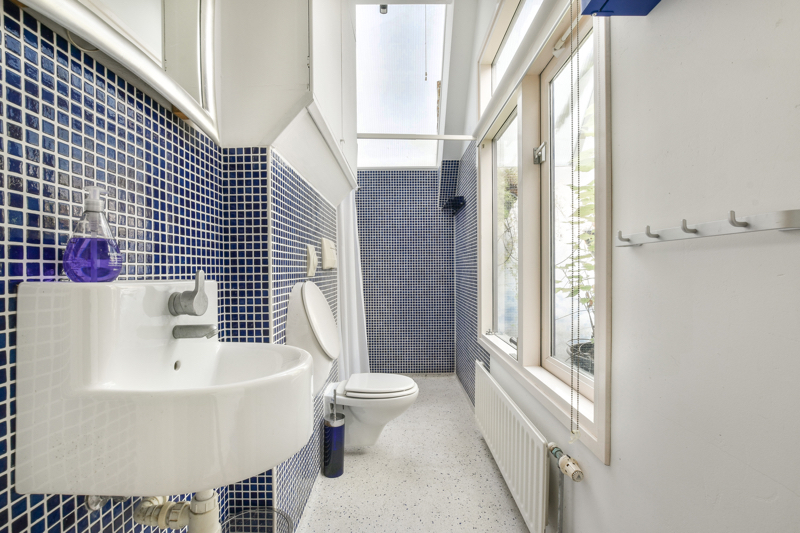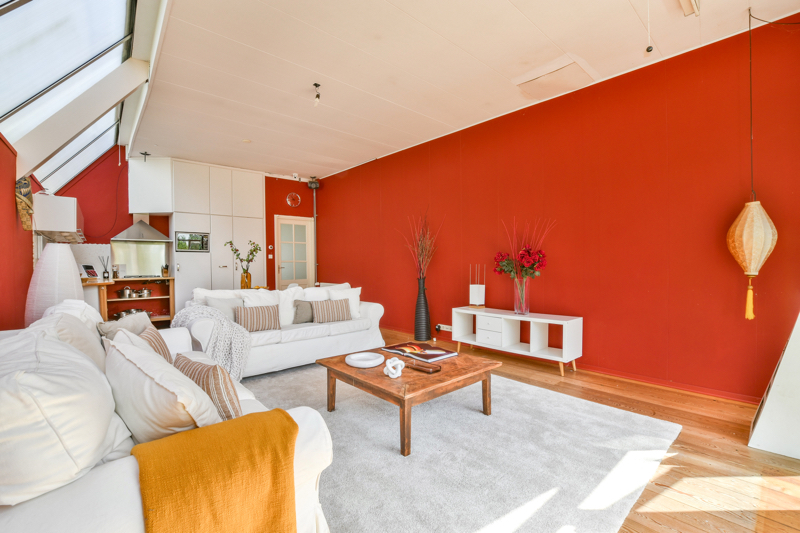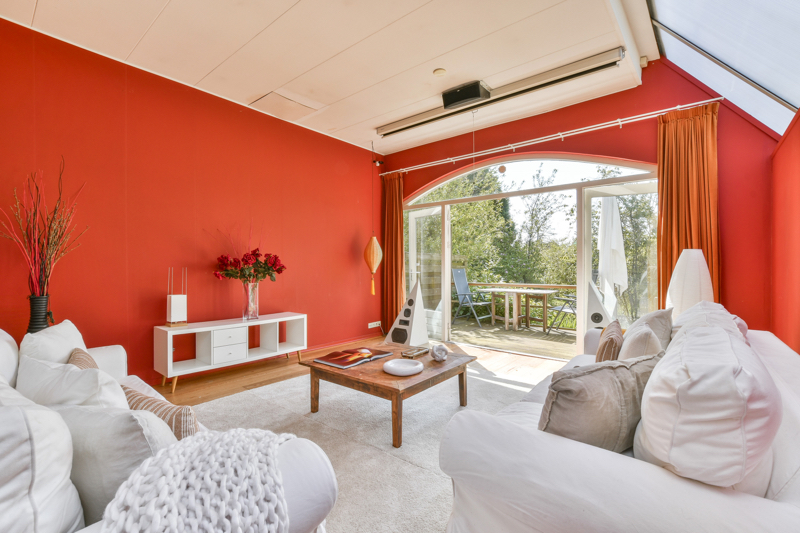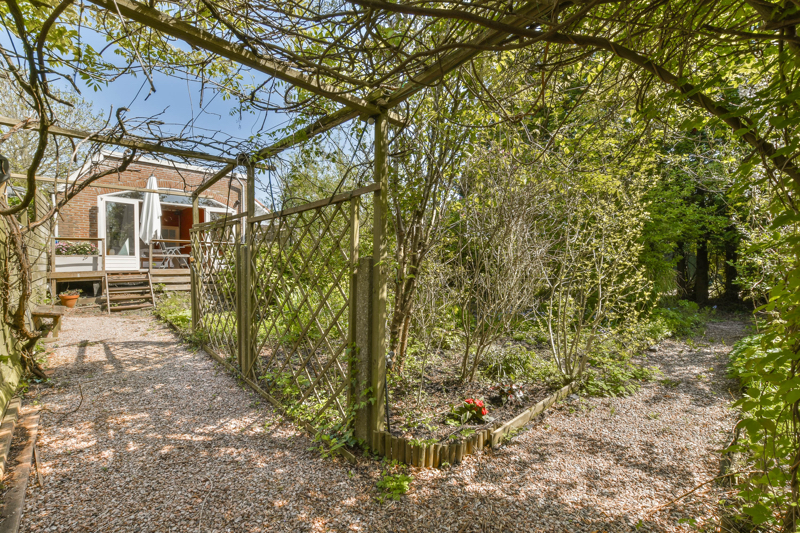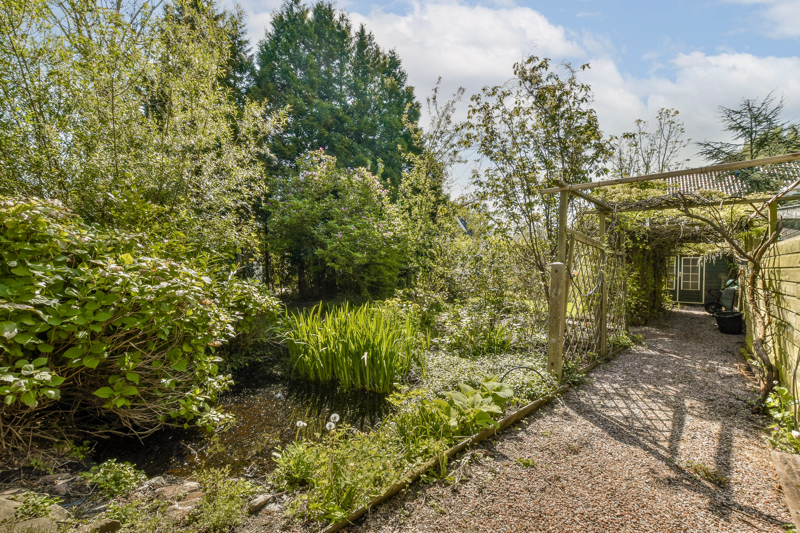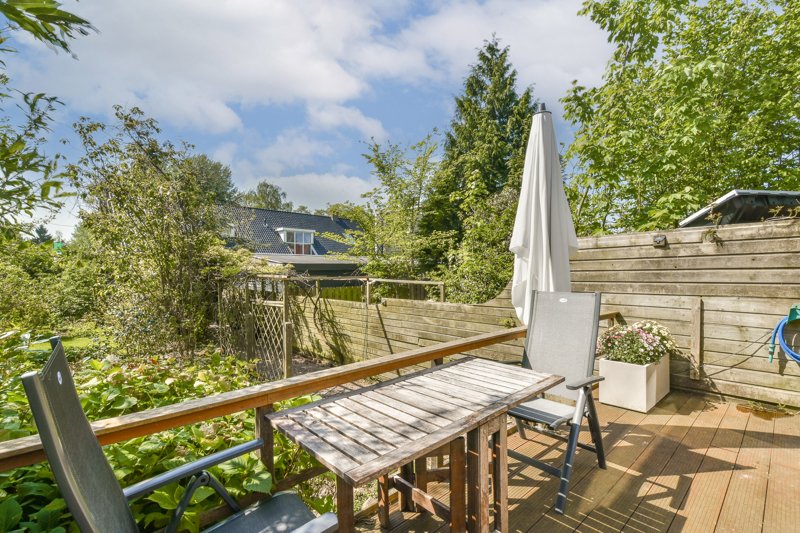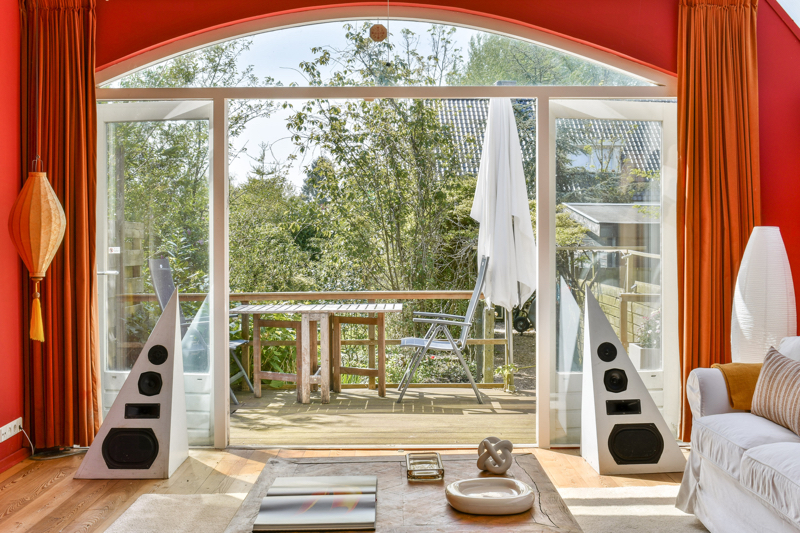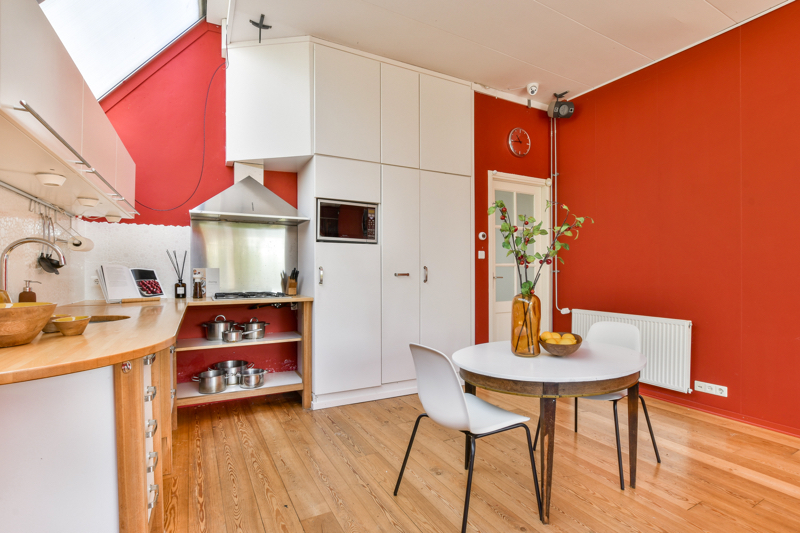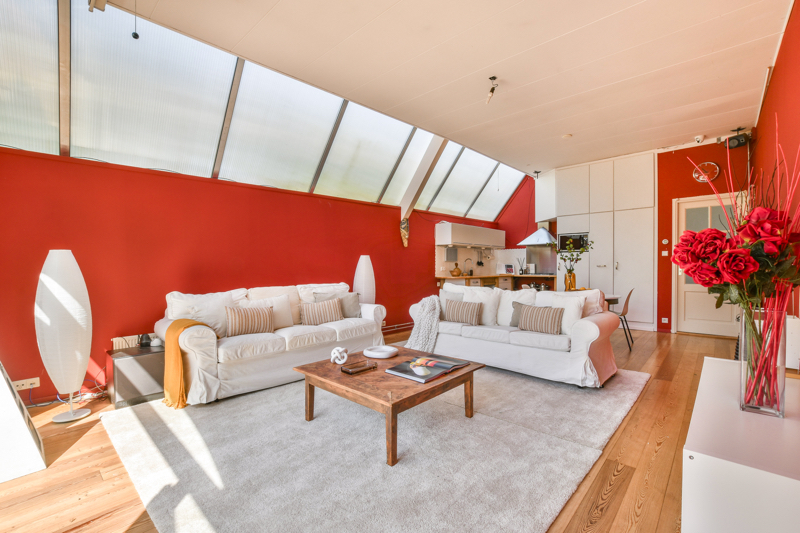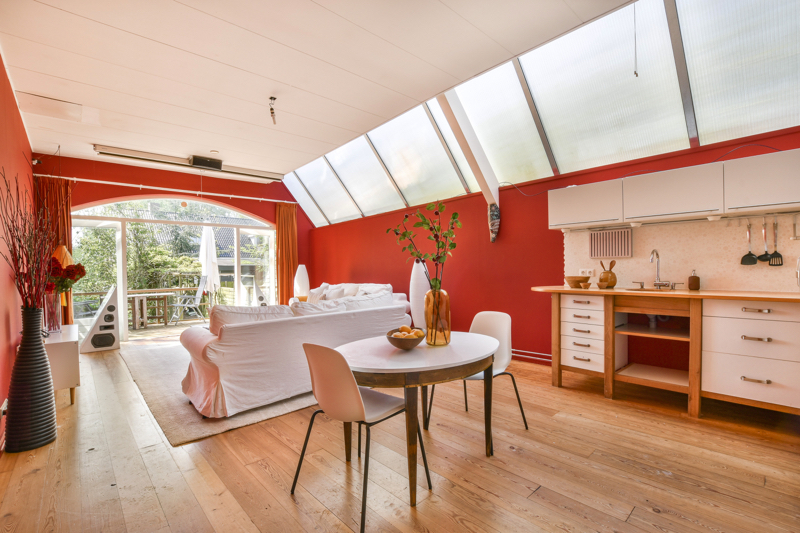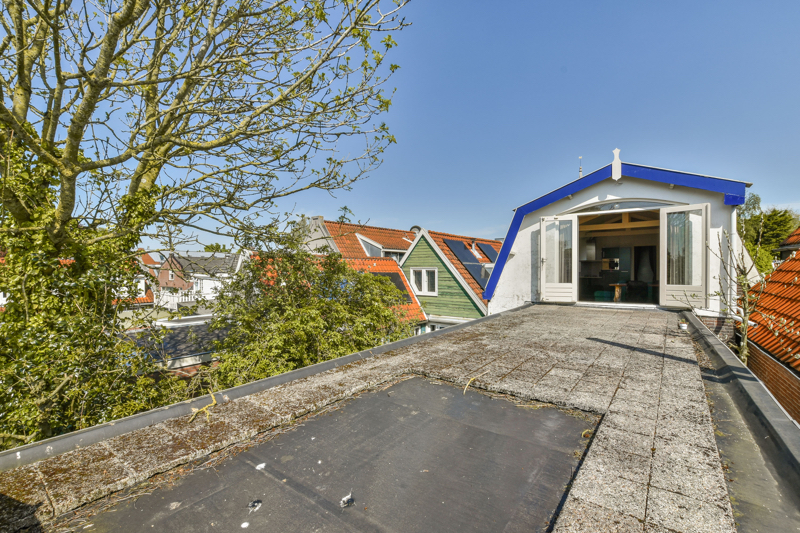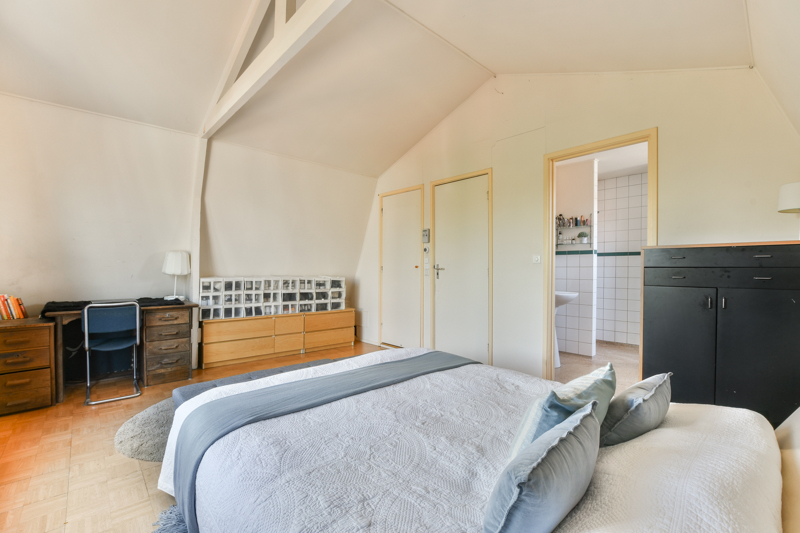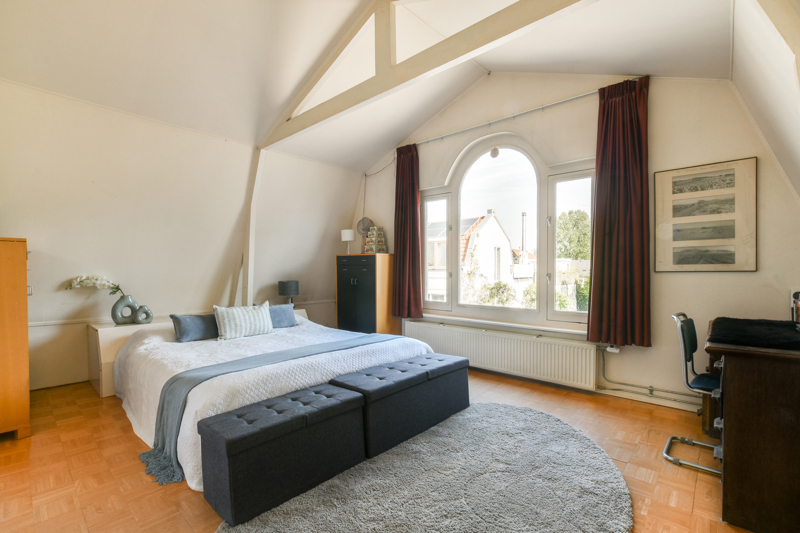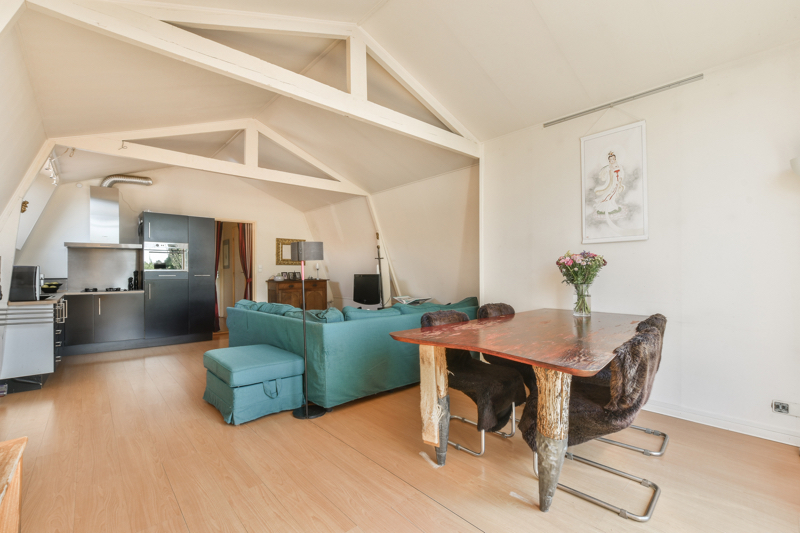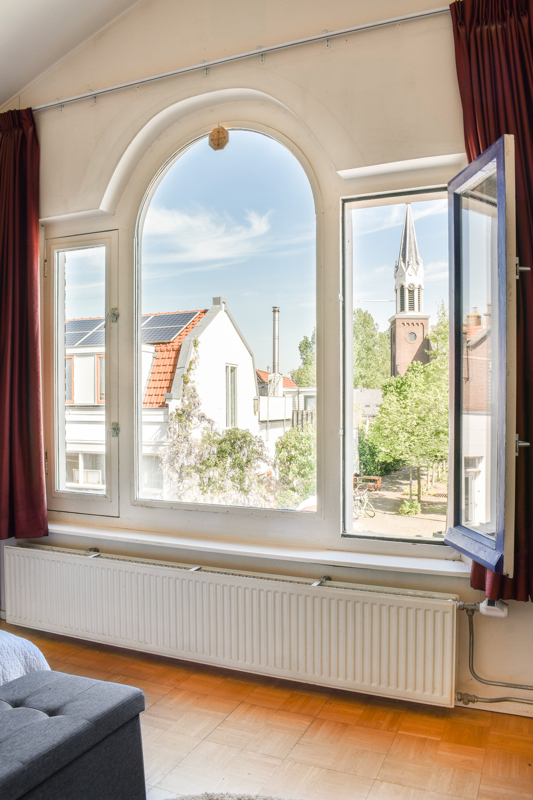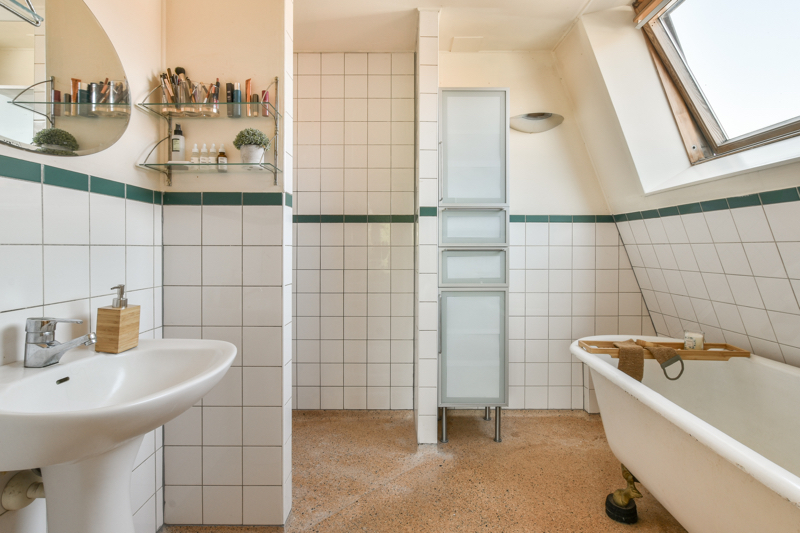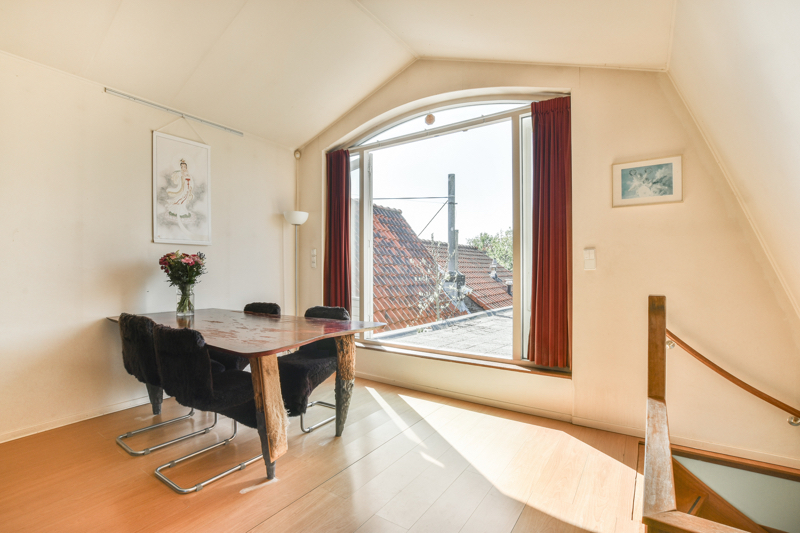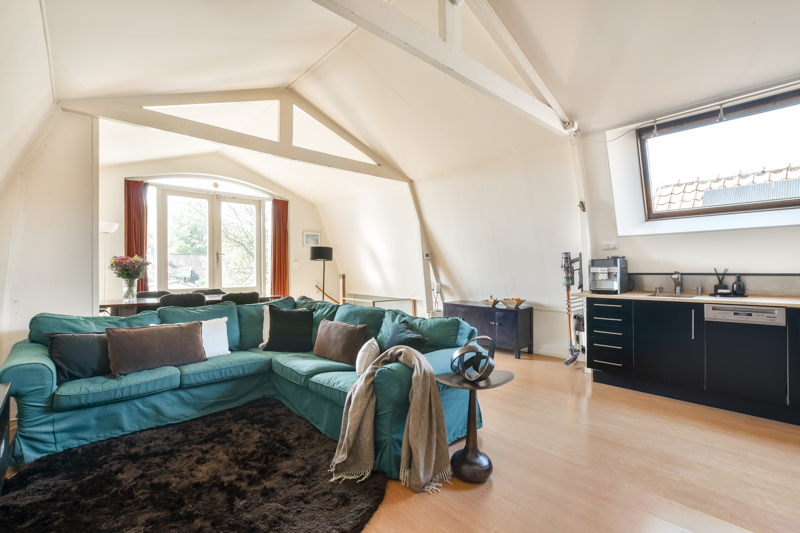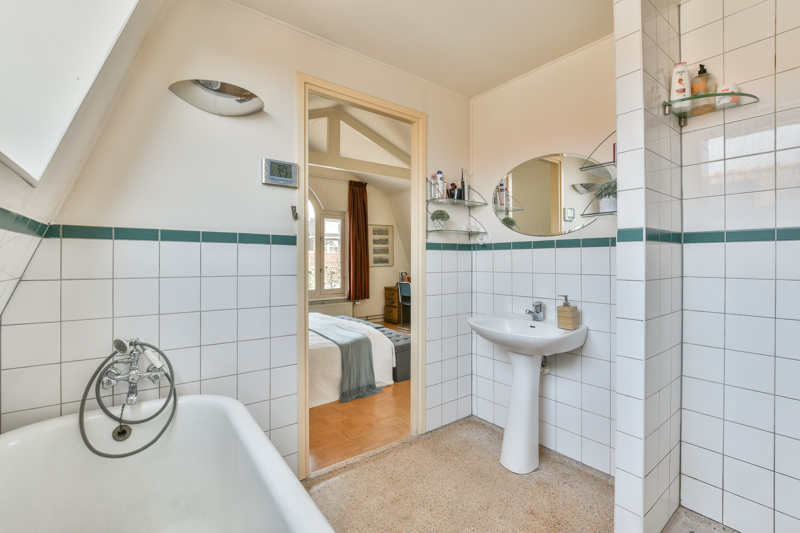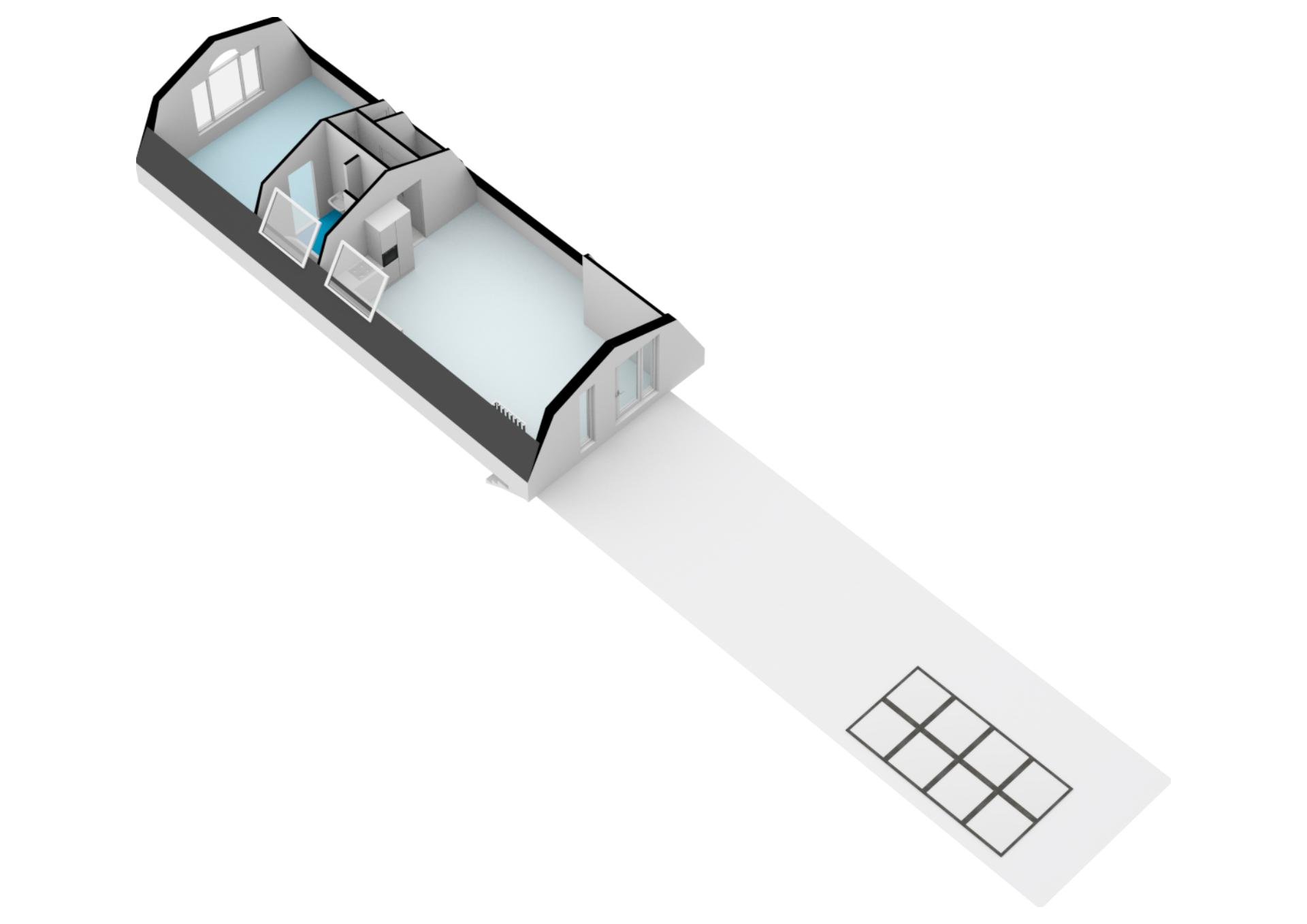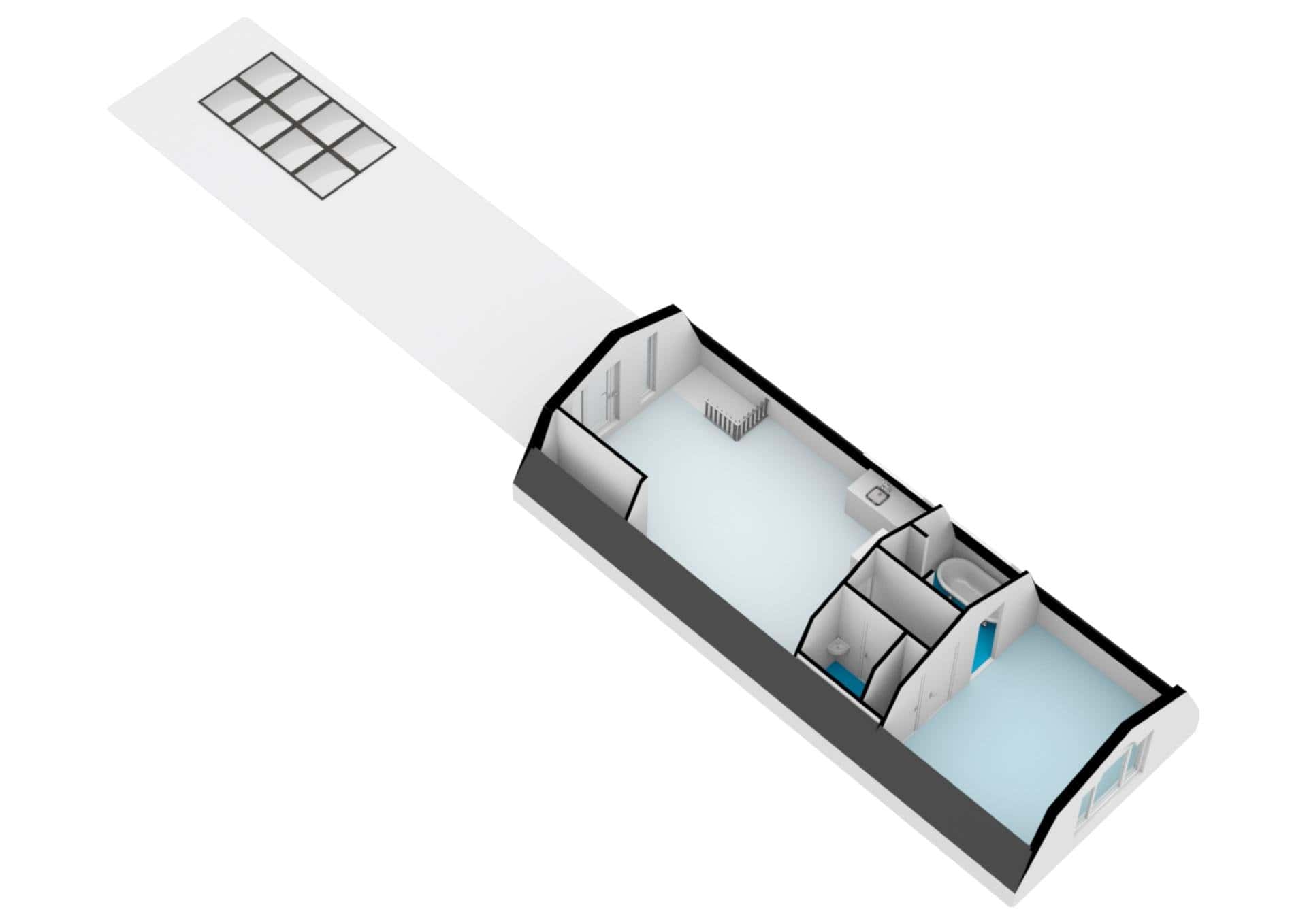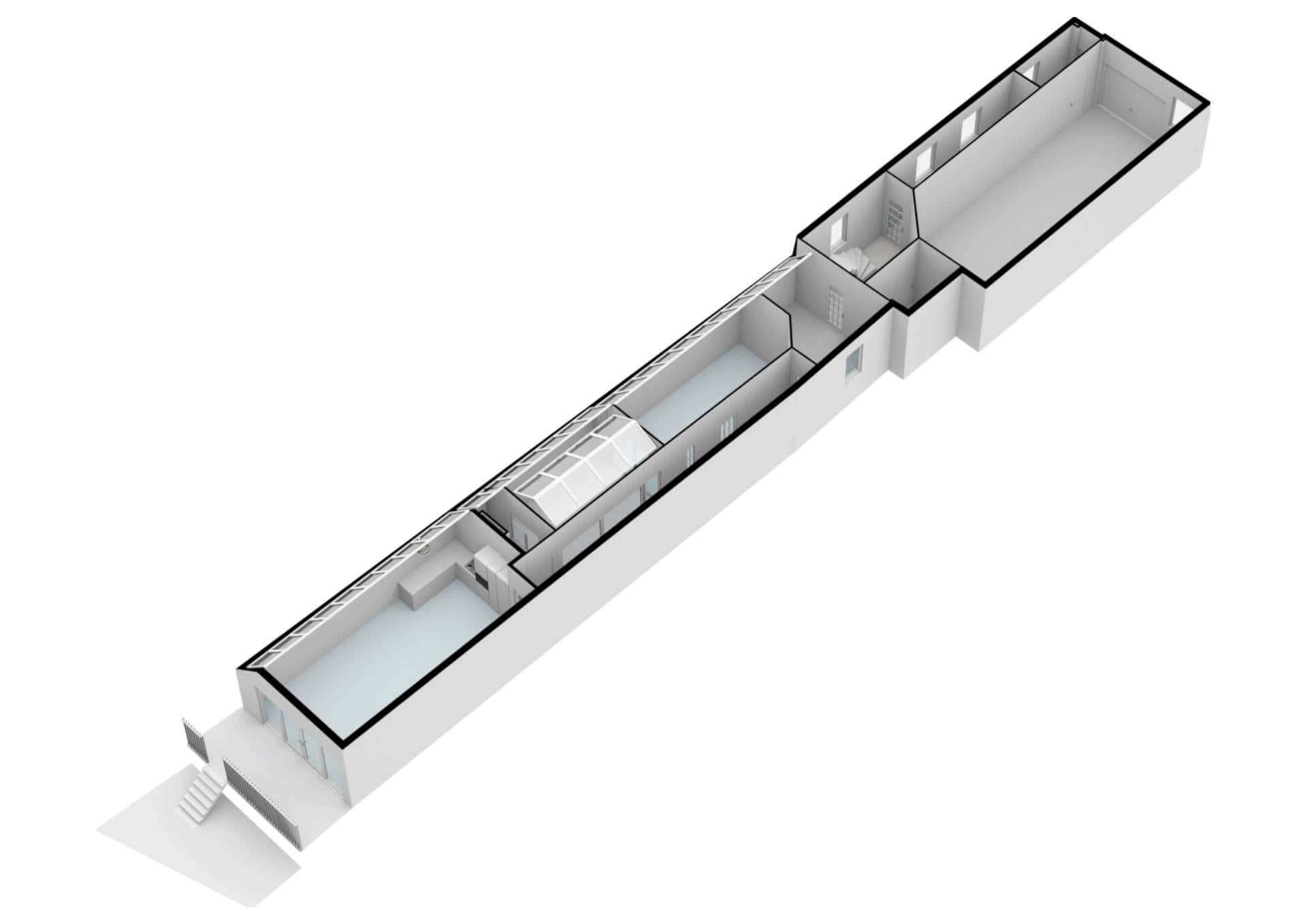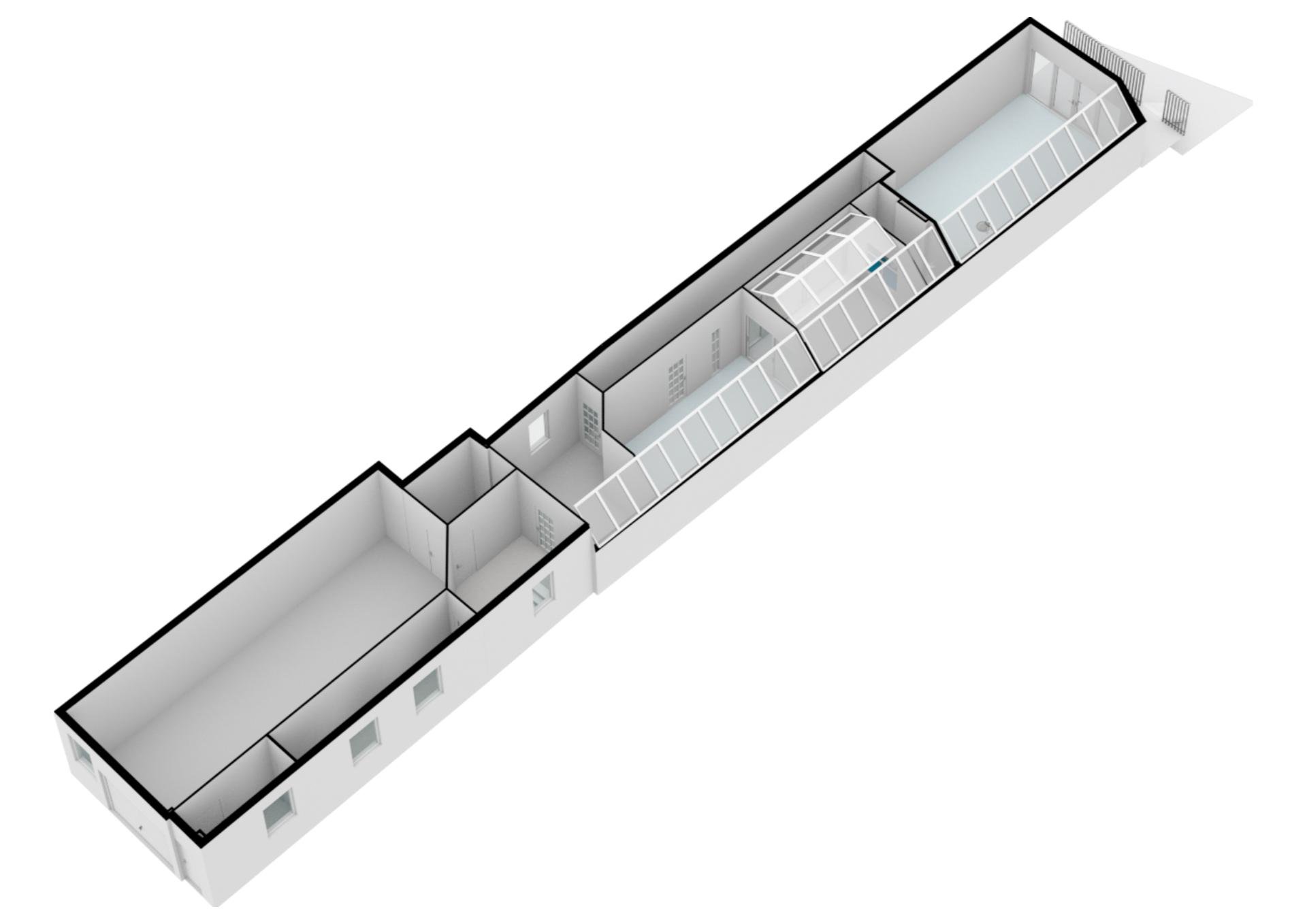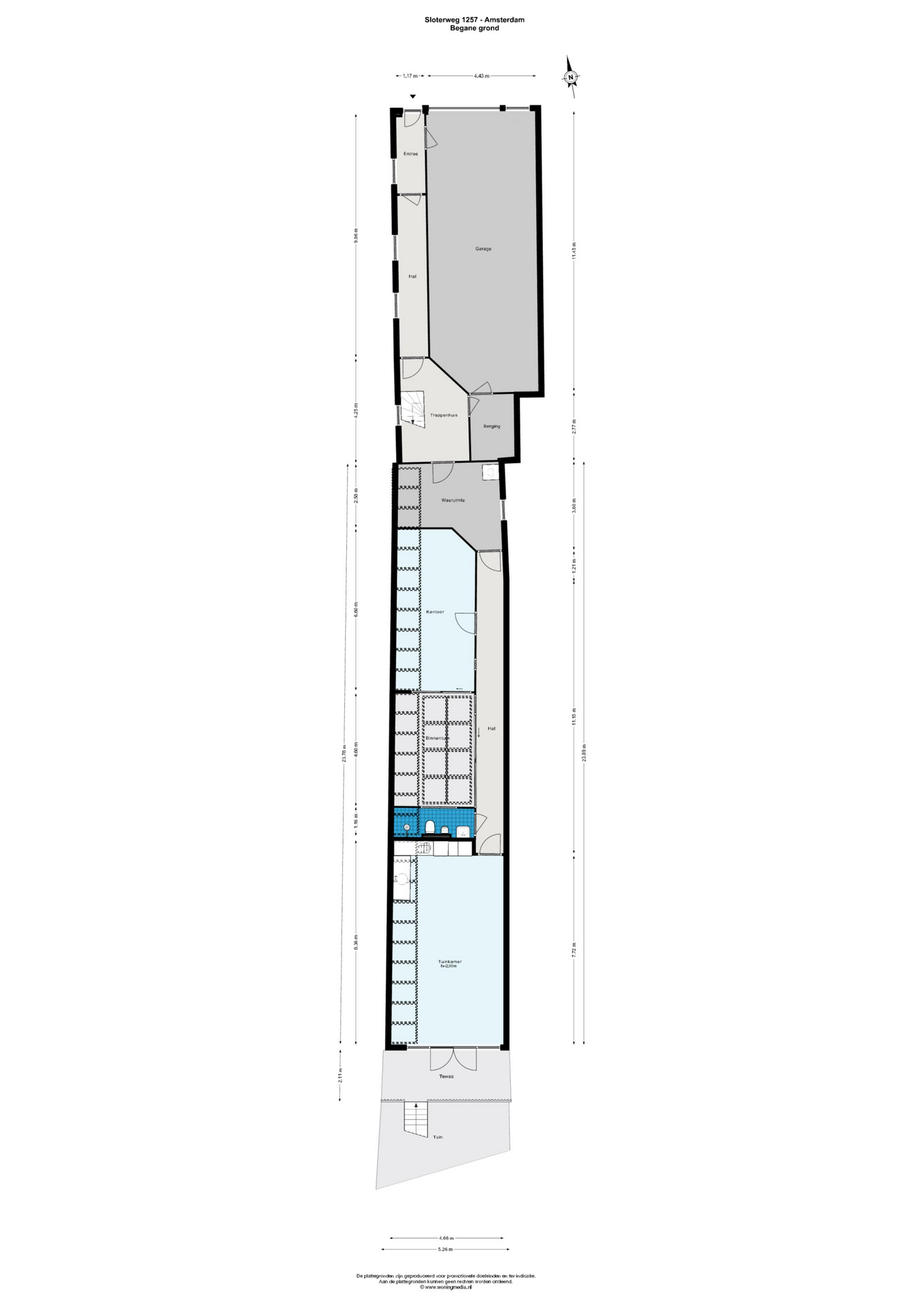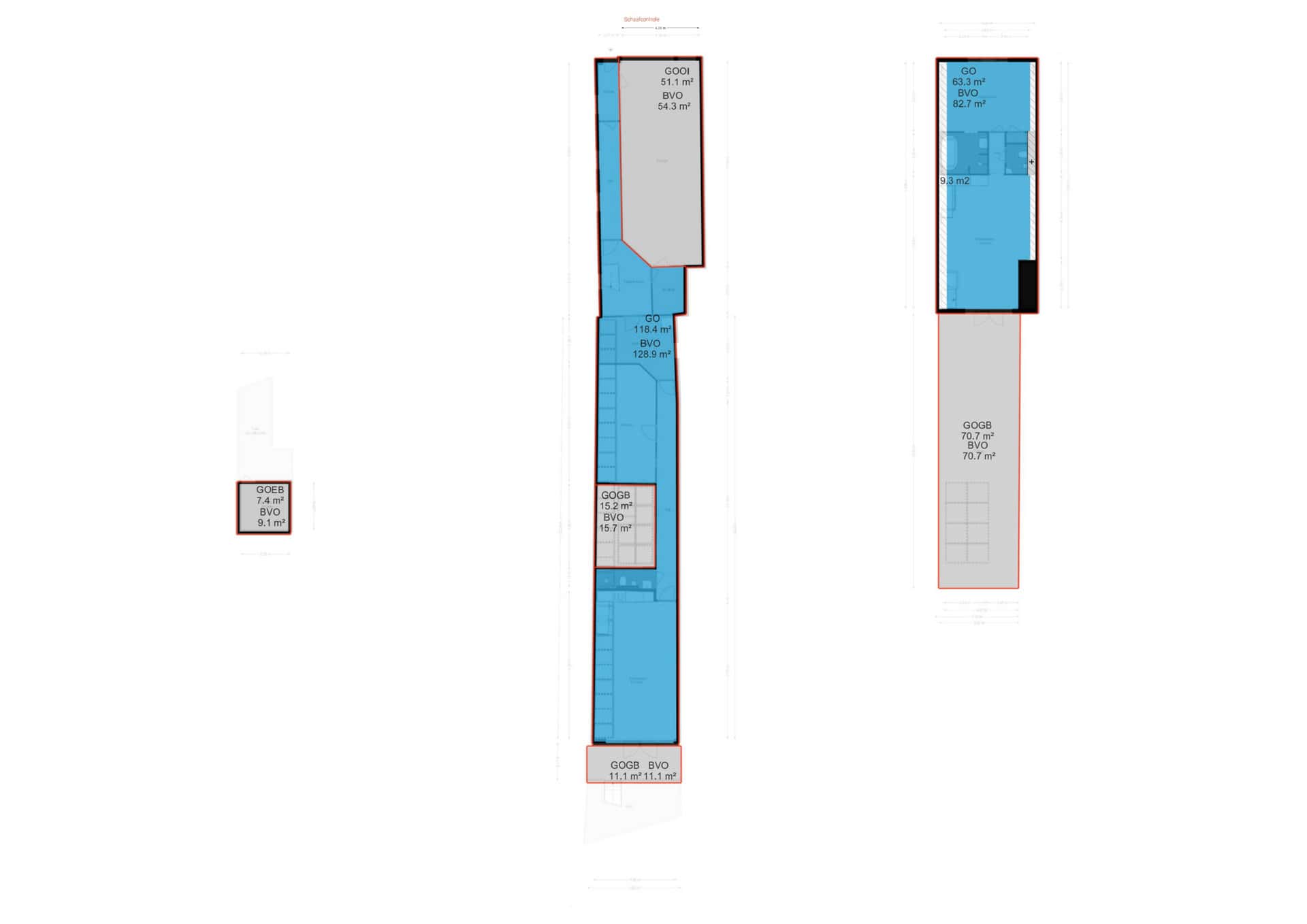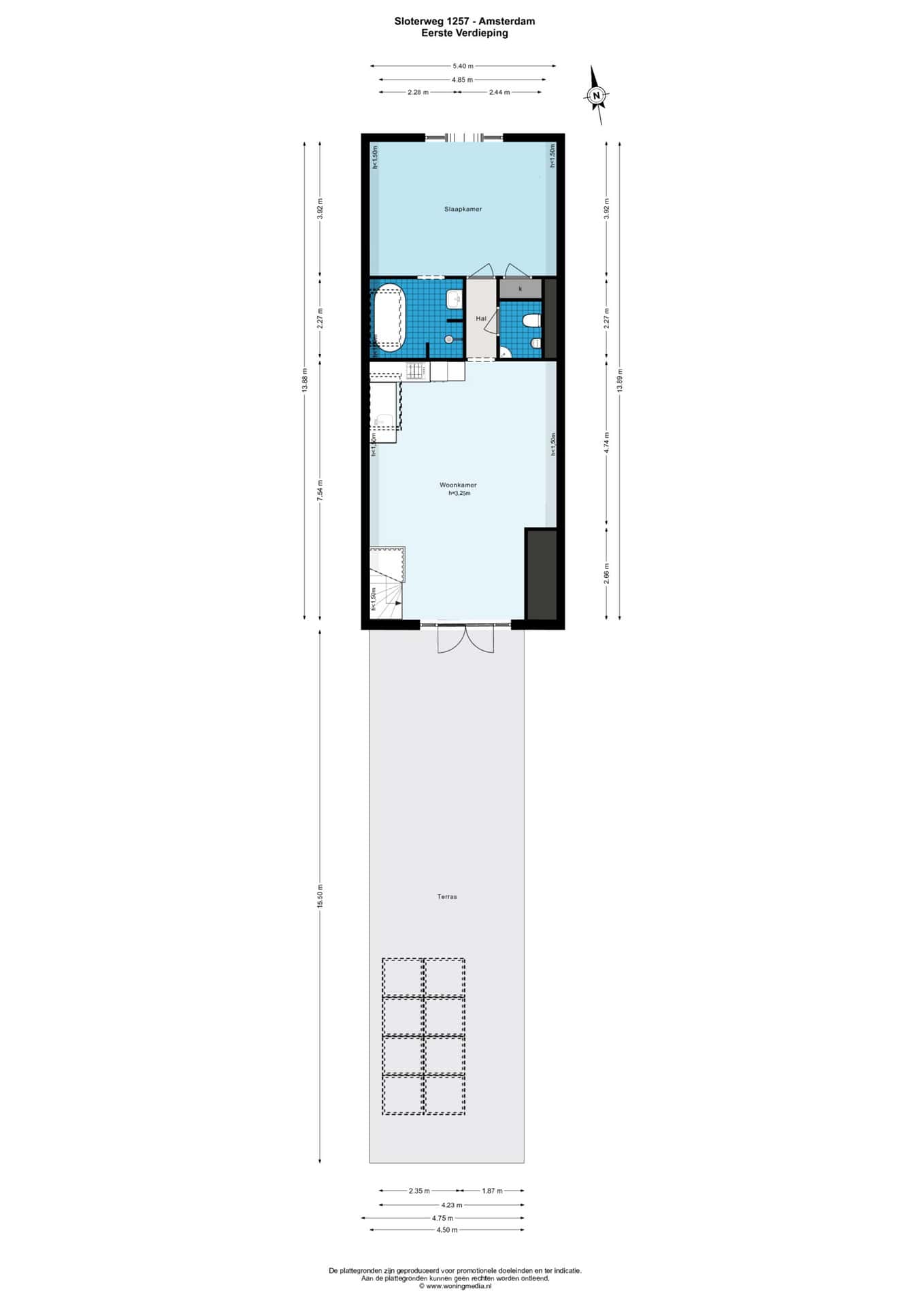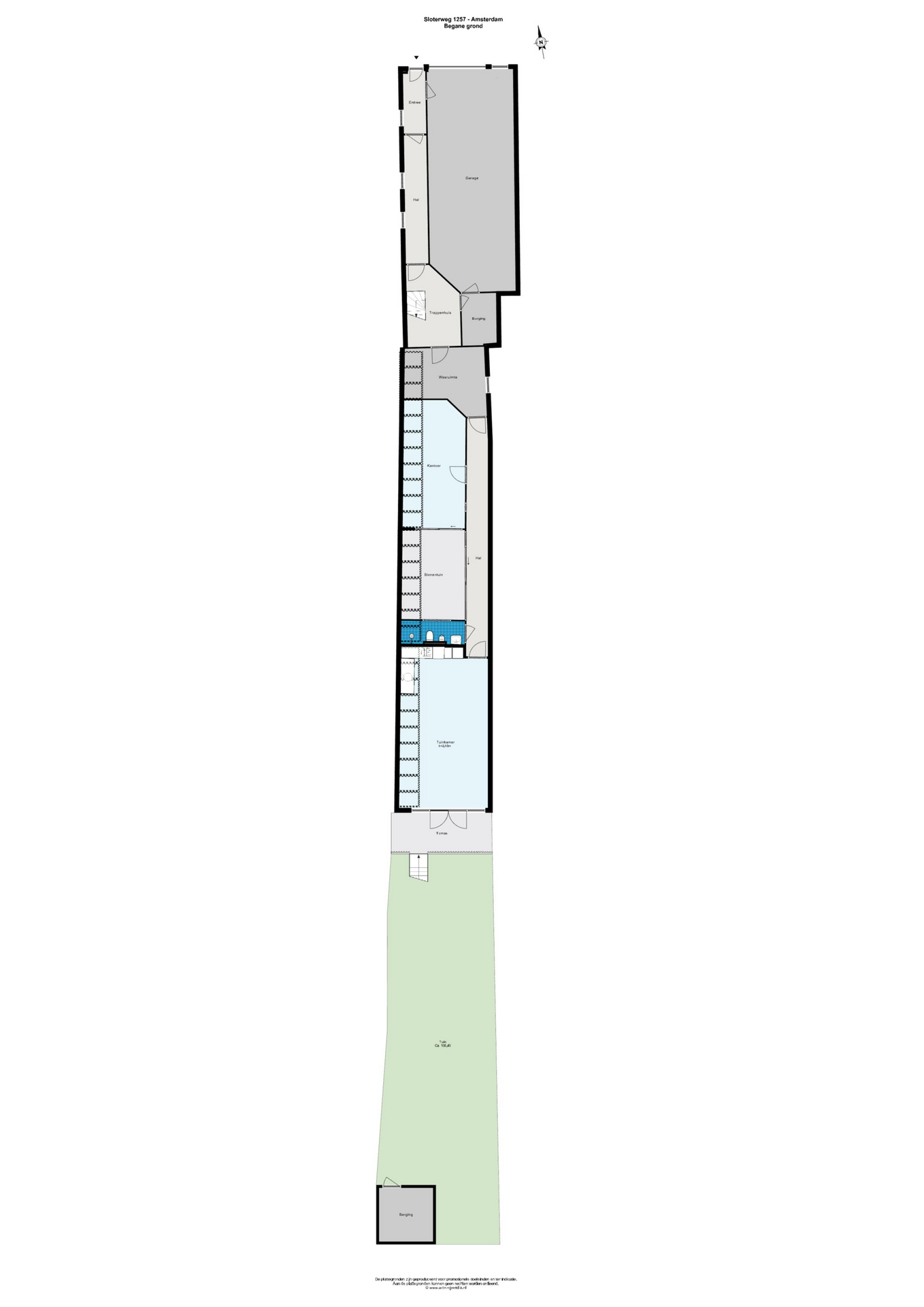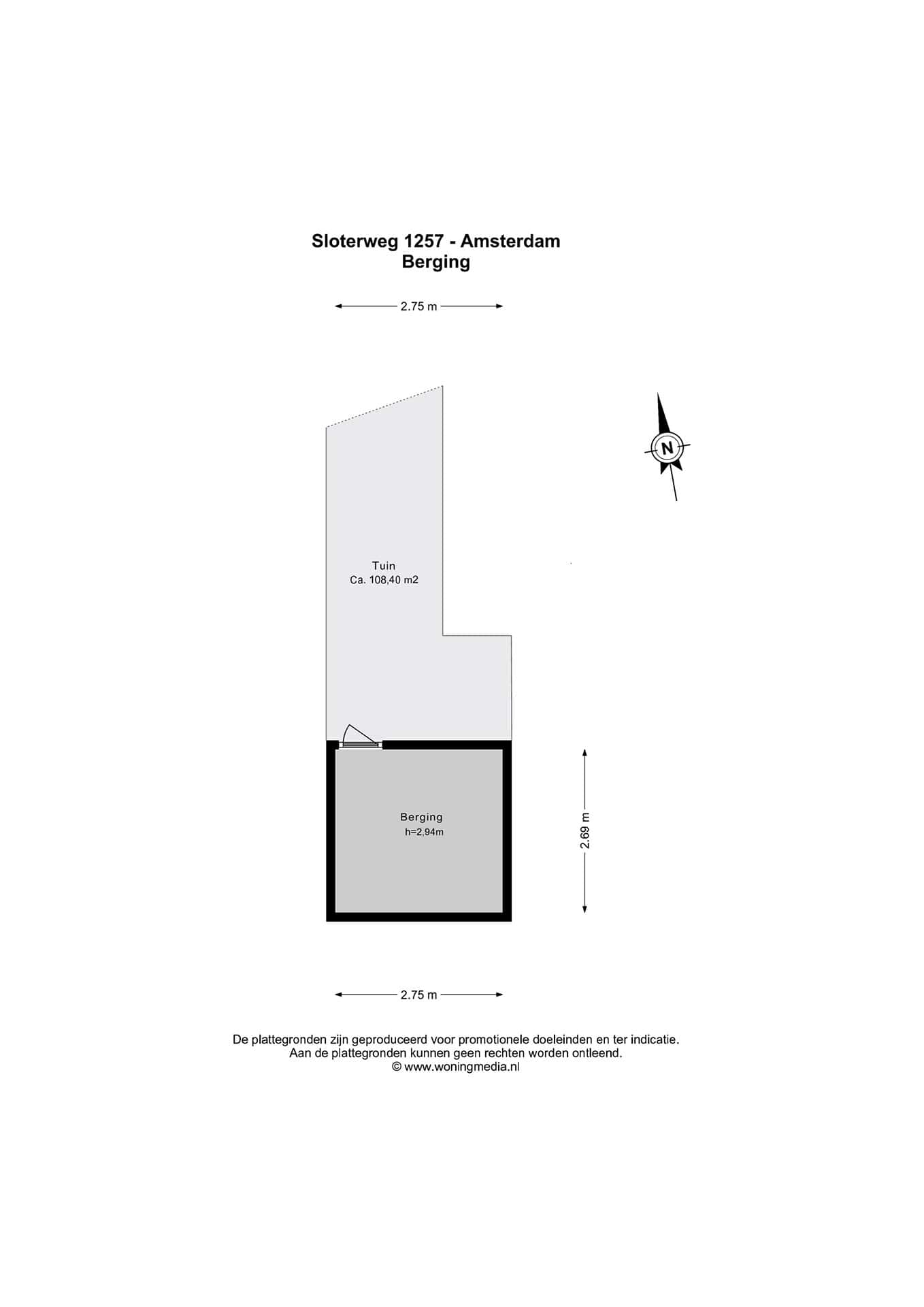History
Originally a wooden building that served as a farrier’s shop for guests staying overnight in the inn across the street. In 1914, the building was built of stone. Back then it had two windows on the left and right and a double ‘gate’ door in the middle. Later replaced by a door on the right and a larger garage door in 3 parts. The building was used as a forge until the end of 1992. The post to secure the horses was still in front of the door but recently disappeared during re-profiling. The original ‘house’ of 14 meters long had a piece of land behind it and a toilet hanging over the ditch. That disappeared when a long shed of 25 meters was built behind the house around 1960. The building is detached with a somewhat special way of interweaving with the neighbors on the left, and a gate with a walkway on the right.
Layout
Because it was in fact an empty long warehouse when we bought it, we adapted the layout in phases to meet our needs. At the front there is a large garage/workshop with space for 2 cars.
Behind it a warehouse / storage.
Behind the front door is a long corridor along the garage with a hall containing the stairs to the top.
The first floor consists of a living room with open kitchen, toilet, bathroom with large bath and a bedroom. The south-facing patio doors provide access to a roof terrace.
If we continue downstairs, there is a utility room with washing machine, dryer and pantry cupboards. Then on the left another long corridor that runs past the office, the courtyard, the second bathroom and then a large living room at the back with patio doors to the veranda and garden.
Floorplan

Construction
Automation and security
It is virtually invisible and everything works even without the system being active with regular switches.
There is an extensive alarm system (Visonic) and there are indoor and outdoor cameras that record all movement
Everything via a central server that serves the entire house.



